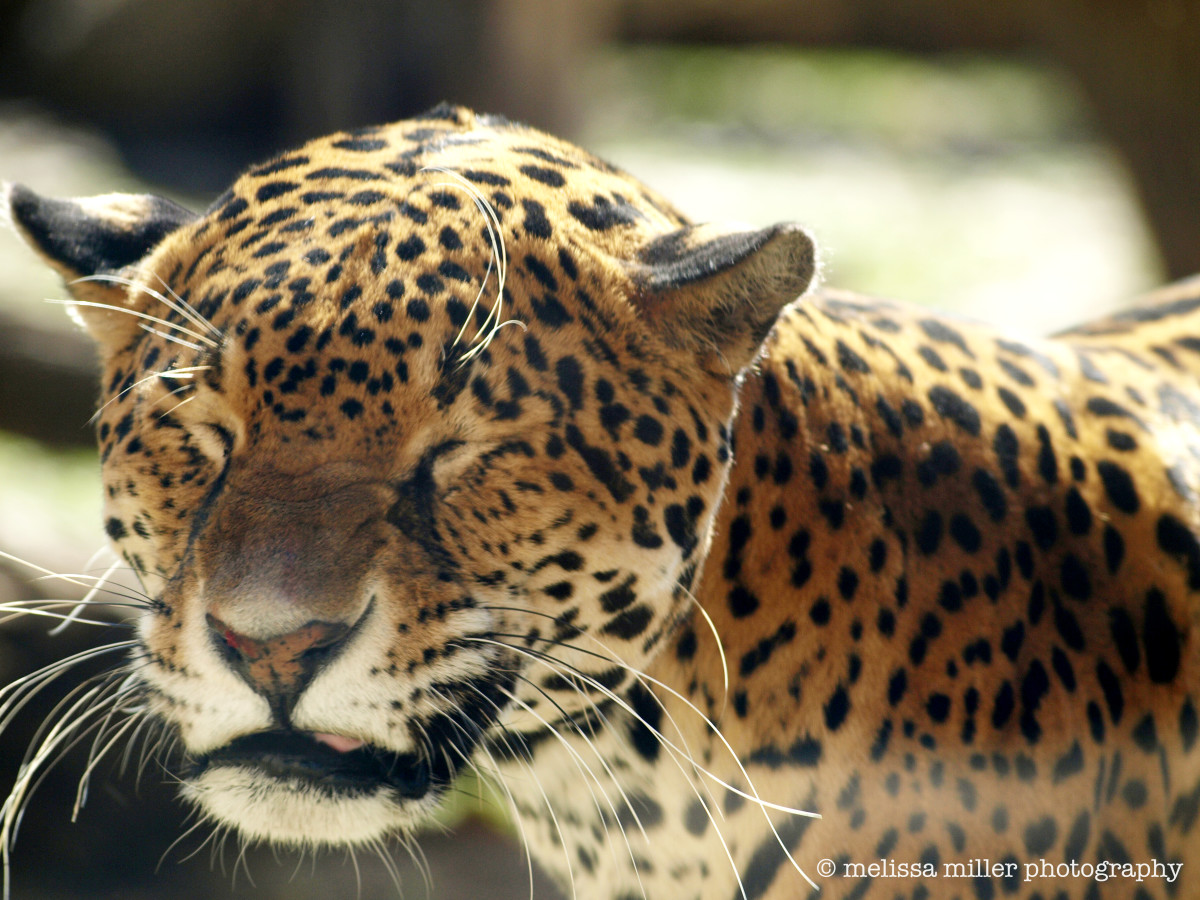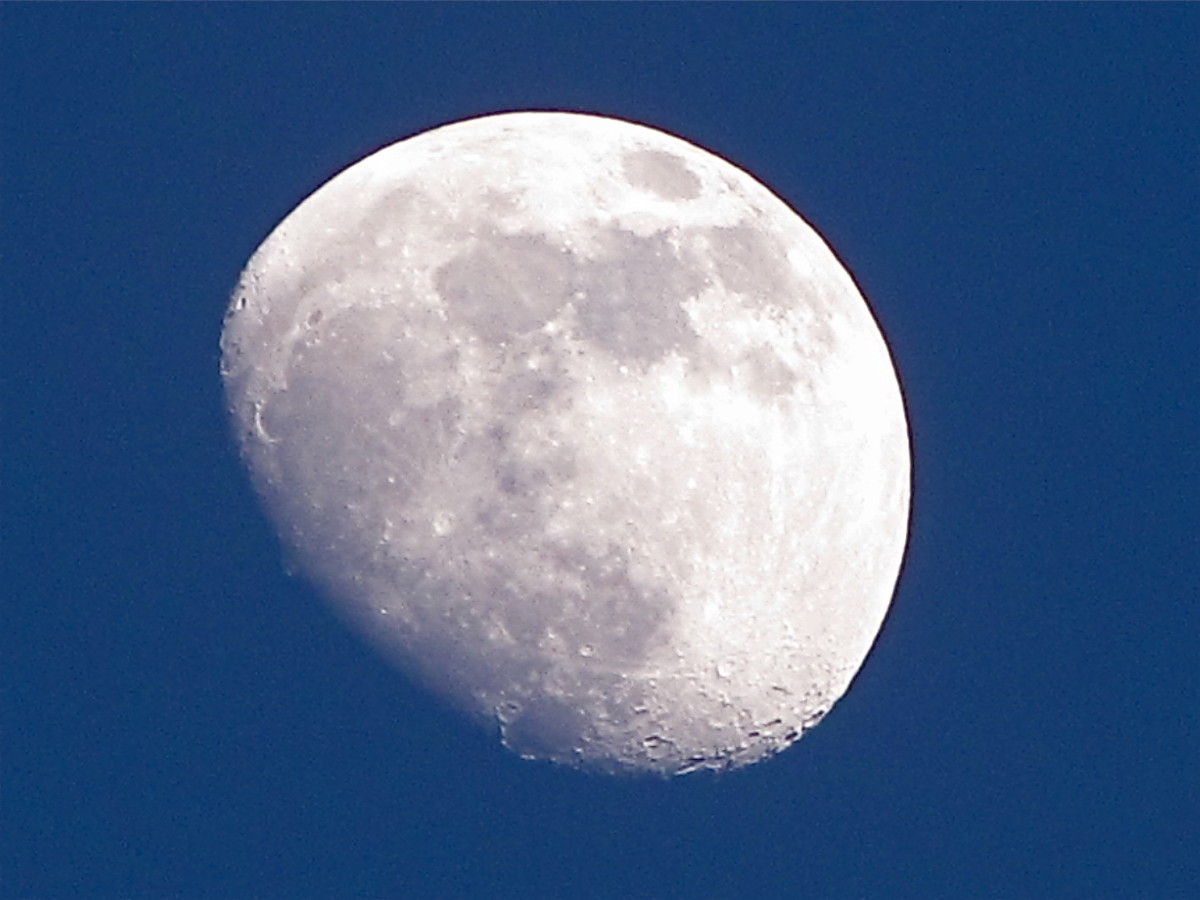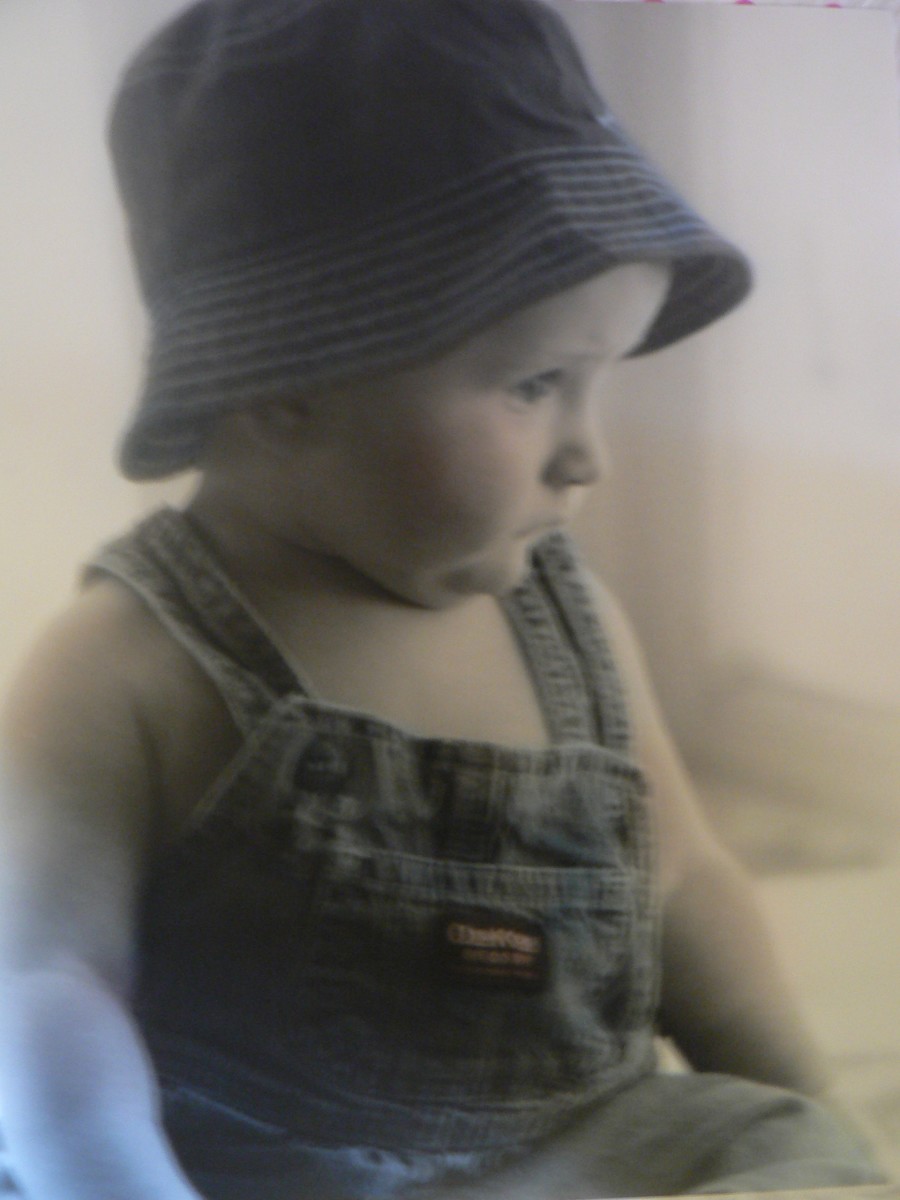21 Tips for Amateur Photographers
21 Tips for Amateur Photographers
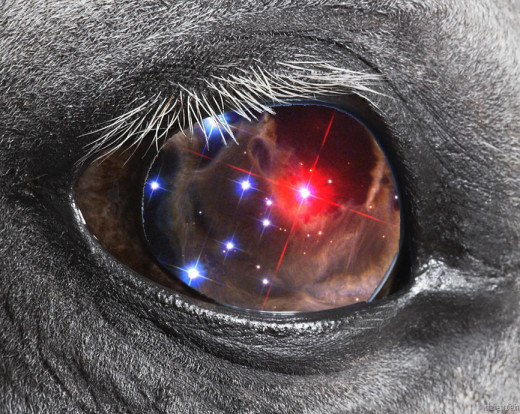
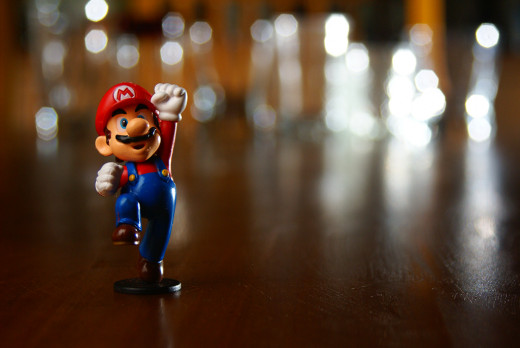
There a lot of photographic tips out there and most any photographer will have their own favorite tips and tricks that will they constantly go to for selected scenes and often for any scene that presents itself.
Some of these you may already know or have heard of but there are quite few others that will definitely improve your photographs once you understand them well and learn the limitations of the equipment that you have in hand.
Understanding aperture. The aperture is the size of the opening that will allow a specific amount of light to hit the lens plane or sensor.
A bigger opening lets more light and and the contrary is true for a smaller opening. A large aperture tends to eliminate many details from whatever is behind the main point of focus while a smaller opening intensifies details behind the main point of focus.
Plus there are times that you should use either a small or a large aperture. This is usually dictated by the light conditions but more so by the scene presented to you.
For landscapes it is better to use a small aperture to capture details in the distance, while for close up subjects like portraits it is better to use a larger aperture to lessen the details behind the subjects (shallow depth of field) which can tend to distract from the main subject.
The numbers on your lenses will read like f 5.6 and go higher to about f 16. The lower the number the bigger the aperture. The average or midpoint aperture is usually f 8. This provides a balance between apertures and shutter speeds. If in doubt use an f 8 aperture.
It is also not wise to use the aperture to compensate for poor light conditions. It is better to use the shutter speed.
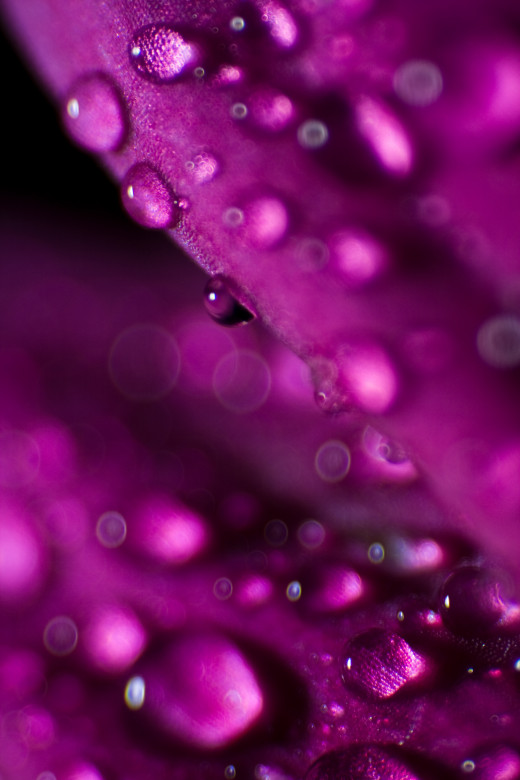
If you want to invest in a filter and don't have that much spending money then get a Polariser.
This filter makes the skies seem bluer and deeper, and the greens greener.Its main function is to eliminate glare from most subjects.
Most professionals swear by them and never go outside without one. They are great when you want to shoot picture through glass like when photographing an aquarium.
Another good useful filter is magnifying ones. A good magnifying filter can take the place of an expensive macro lens. The quality is everything so try to get the best one you can and made from glass not plastic.
Pay attention to the white balance specially if using a filter. They can interfere with the white balance readings. Set the white balance manually instead of automatically whenever you can.
Whenever possible get a lens that is manual and not auto-zoom. You will always get better results when setting the focus manually rather than letting the camera do it for you since it can be easily fooled by such simple things like a small branch near the front of the main subject.
Prime lenses are not only quality but they force you to be creative. Why? Because they come in only one size. They do not feature zoom or telephoto capabilities so you really need to be creative and pay attention to what you are shooting.
A 50mm lens is prime while a 60mm to 80mm is not. 28mm is the standard for wide angles, 50mm is the standard for normal while anything larger is a zoom or telephoto.
Pay attention to the measurement (numbers) on the lens. They will show something like 50mm. This is the maximum magnification factor with 50mm being the closest to what the human eye sees.
Depending on the sensor size of your DSLR (not if using a film camera) you may get more out of your lens.
If the sensor is smaller than the standard 35mm for most SLR or DSLR camera models remember that the image will be magnified to about a 35mm size. Therefore a 50mm lens will behave as if it were an 80mm.
Noteworthy is to pay attention to the size of the lens and never a good idea to use a shutter speed that is lower than the lens size. An 80mm lens should be used with a shutter speed of at least 100 and so on.
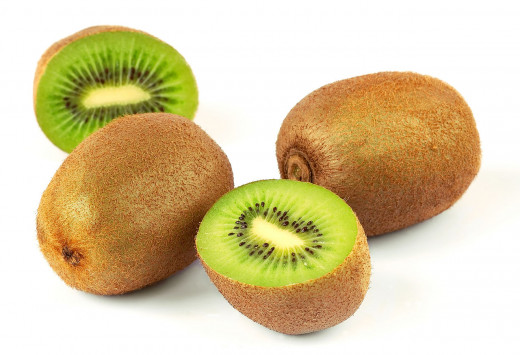
If you plan on doing any type of indoor photography like in your own studio, then you need to understand light temperature.
Research and get what your budget allows. There is no need to get expensive photographic lights.
Simple ones from the hardware store will do so long as they are the right temperature and right color or light wavelengths; daylight is good but fluorescent is not and so on. The optimal color temperature is around 5000K with 6000k being the most closely to match sunlight.
Do not forget a reflector. Again you don't need to buy an expensive one. A simple white board will do the trick.
The color of the reflector depends on your intention. Silver reflects more light and it is harshest, white is more natural and gold is great for a golden skin "glow" effect.
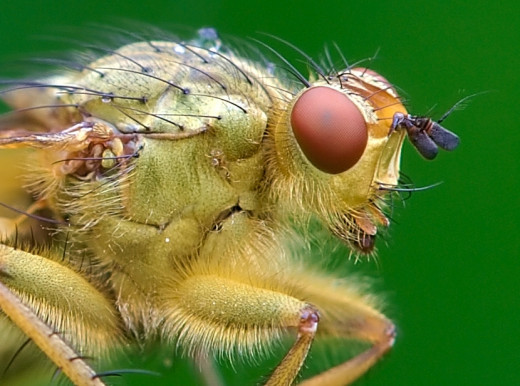
Tripods are useful but there are also many other ways of stabilizing the camera like with your body position, a wall, the ground or a bean bag. If you can get a good carbon tripod but they are not absolutely necessary.
A flash unit is always necessary but keep in mind that they are only effective so long as the maximum focusing distance (distance between you and the subject) is withing the flash unit's parameters.
Pay attention to the position of the Sun. Subjects posed with the Sun behind them will produce silhouettes while having the Sun directly above will create harsh shadows. The optimal conditions are when the light is diffused by an overcast or cloudy day.
When composing a shot, concentrate in having the correct f stop, the correct shutter speed, the right lens and worry about the framing after. With today's advances in digital editing software, you can fix any framing issue with ease but fixing the wrong exposure settings is more difficult.
A professional photographer on assignment or when they want to go after a winning shot will start the day early as this is optimal lighting condition and will stay late into the day as this can also be optimal lighting condition. They rarely shoot anything during the middle of the day. Plus these two time differentials can often produce some very interesting results.
Have you paid attention to most portraits done by professional photographers, even pictures of fauna in close up mode? If you notice the eyes are always very sharp and prominent.
Humans tend to gravitate first to the eyes and then to the rest of the scene if they are present. It is very wise to focus on the eyes, not on the face but strictly on the eyes. If the eyes are sharp the rest of the face will be too.
Even if there are parts of the subject that are not 100% crisp and sharp the eyes need to be. Having a scene with less than 100% sharp eyes will ruin the picture more than anything else can.
For photographing children or pets shoot in bursts. Do not wait for the subject to pose for you as this will rarely happen to perfection. Shooting in bursts assures that you will at least get some usable pictures out of the experience. The same holds true for wild game.
For digital photography it is better to capture or either save pictures in raw format and JPEG at the same time. The raw is the "pure" scene and can be digitally altered later if you are not satisfied while a JPEG has been edited one way or another by the camera.
For very large scenes or scenes with too much "visual information", it is best to concentrate on a few single interesting details rather than trying to catch and cram everything into one composition. Think of as if telling a story in parts.
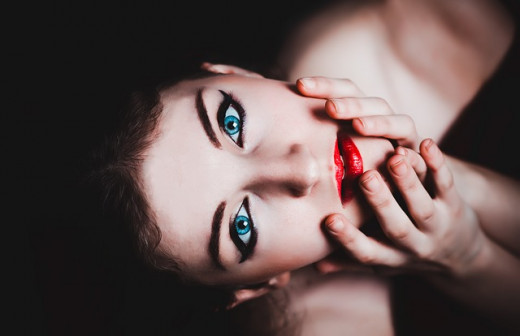
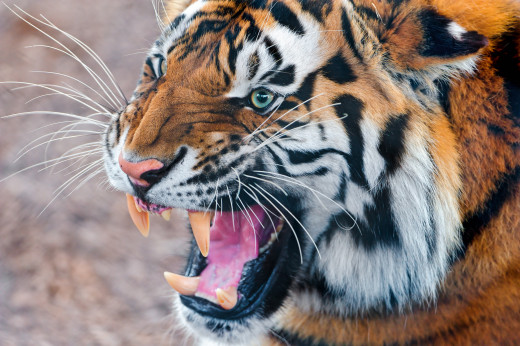
Was this helpful?
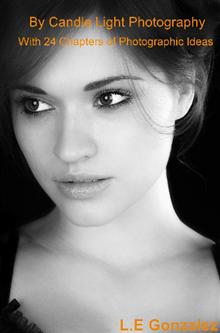
Don't fall for the megapixel myth (advertising brainwashing) A megapixel count of 8 to 10 is more than enough for most prints and works.
Poster size prints will be come out quite well with a megapixel count of 10 while most computer or web site needs will be more than sufficiency satisfied with an 8 megapixel count.
Don't go cheap on the memory cards. They are the "heart " of any digital camera. The best should be around 64GB, with 128 GB being the pro's choice. Anything lower (the number before the letters) means slower loading/saving speeds and holding capacity.
With that said, many pros carry smaller GB cards so they do not have too many "pictures" in one card at any one time in case they happen to lose the card or if it gets damaged. The "never have all your eggs in one basket" scenario applies here.
Bear in mind that overtime when you save a picture, delete a picture or download a picture it has an effect on the memory card.
They are not made to last forever. They do have a finite life span because they wear down. It is wise to replace them (after you have downloaded everything from it off course) every two to three years if you a regular amount of shooting. Pros because they usually take thousands of pictures per shoot, often replace them at earlier intervals.
Get to know the most important photographic rules like the rule of thirds which is a common one. Know when to apply them and know when you can break them.
Want many more photography articles with ideas and tips to enhance your experience?
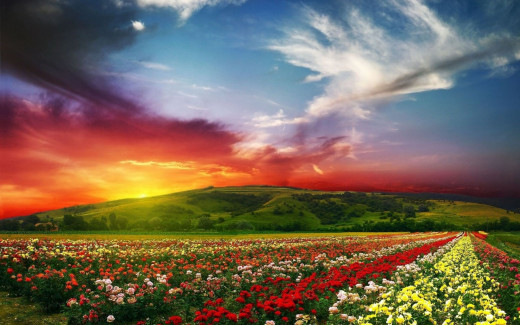
© 2014 Luis E Gonzalez



